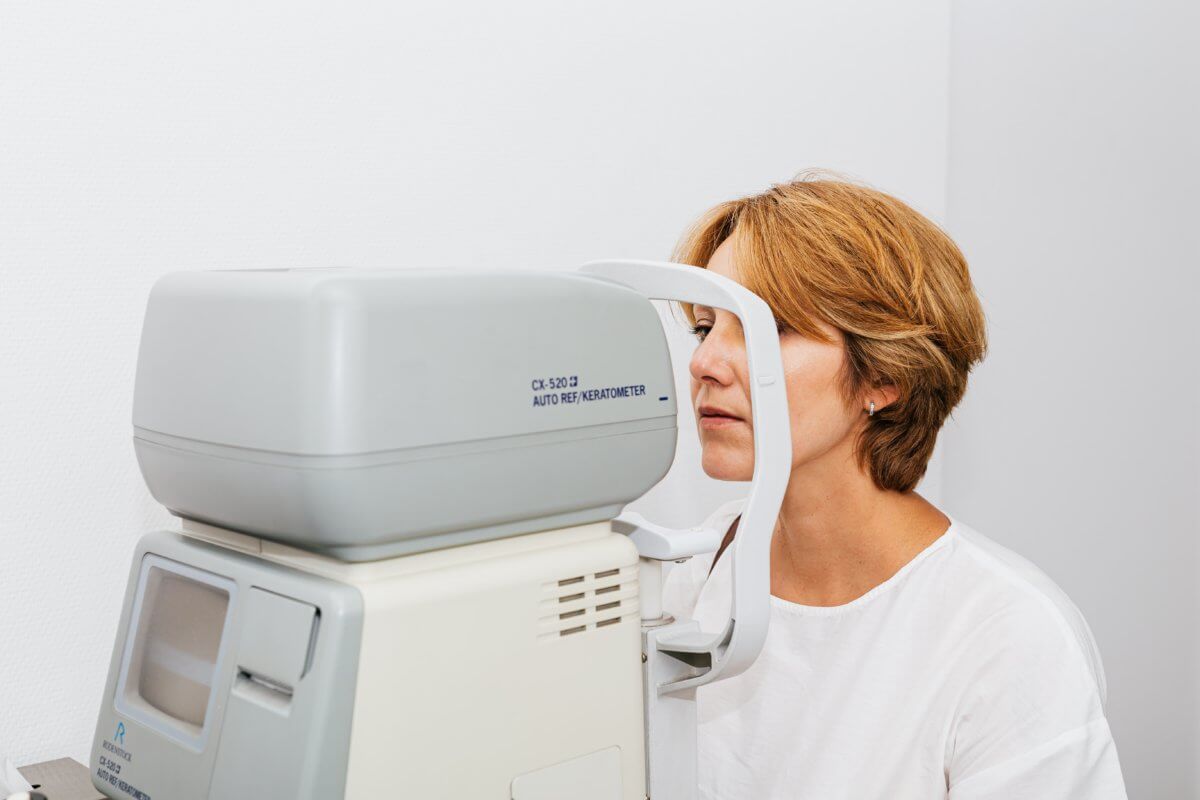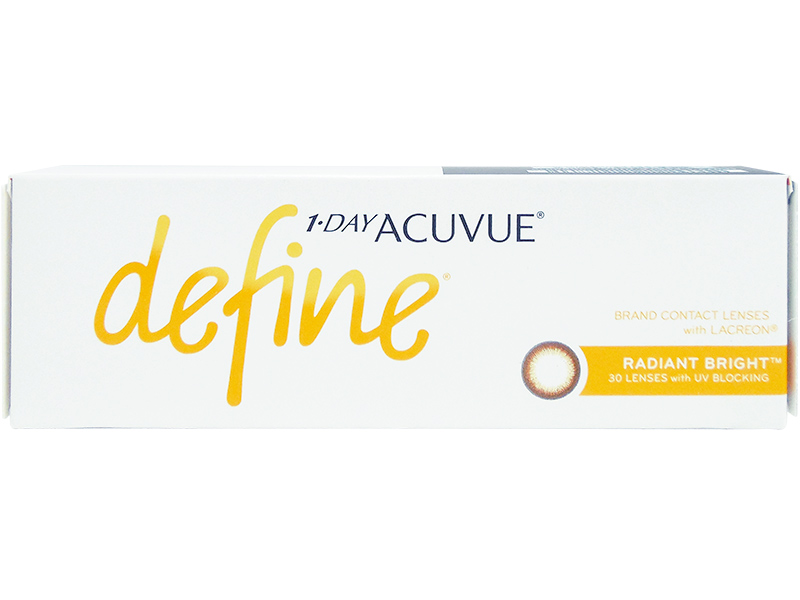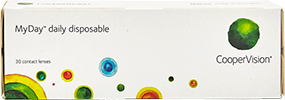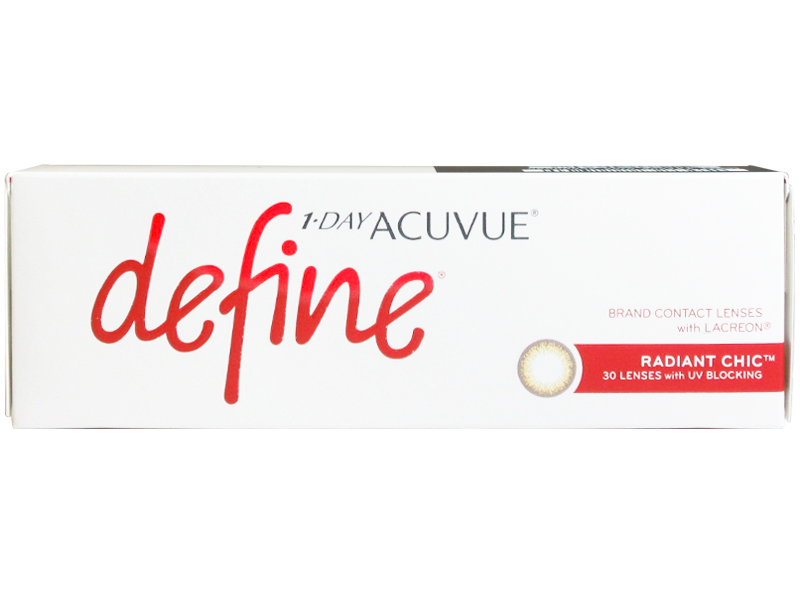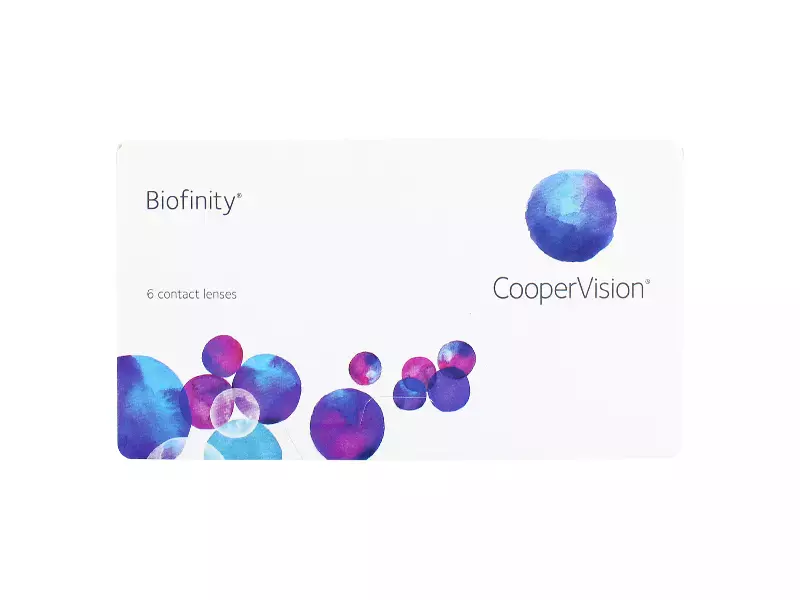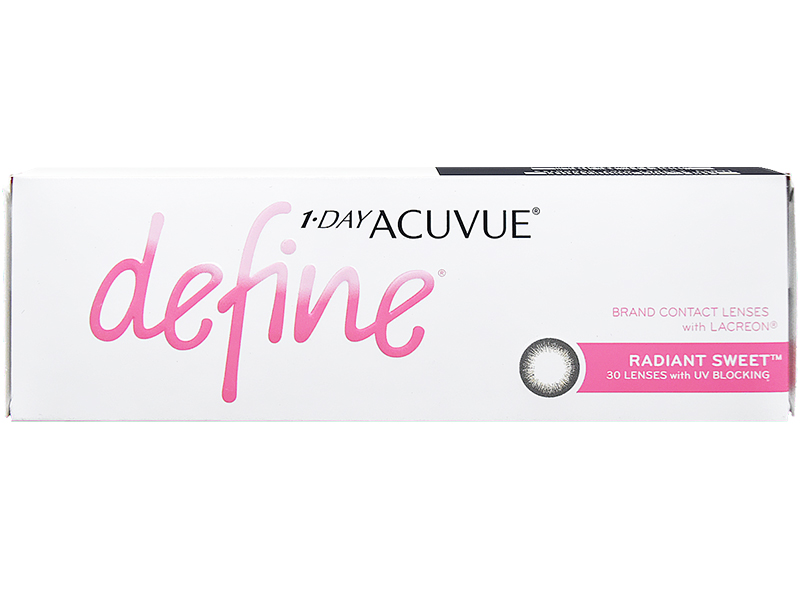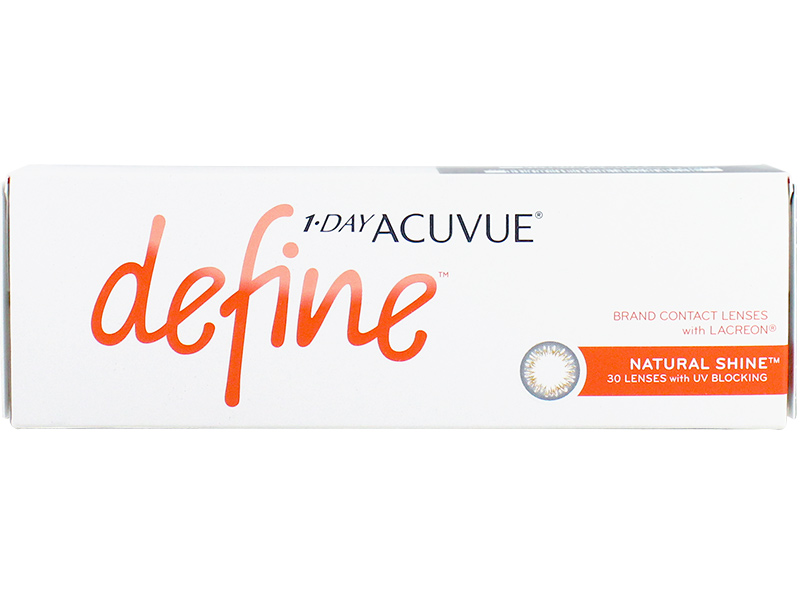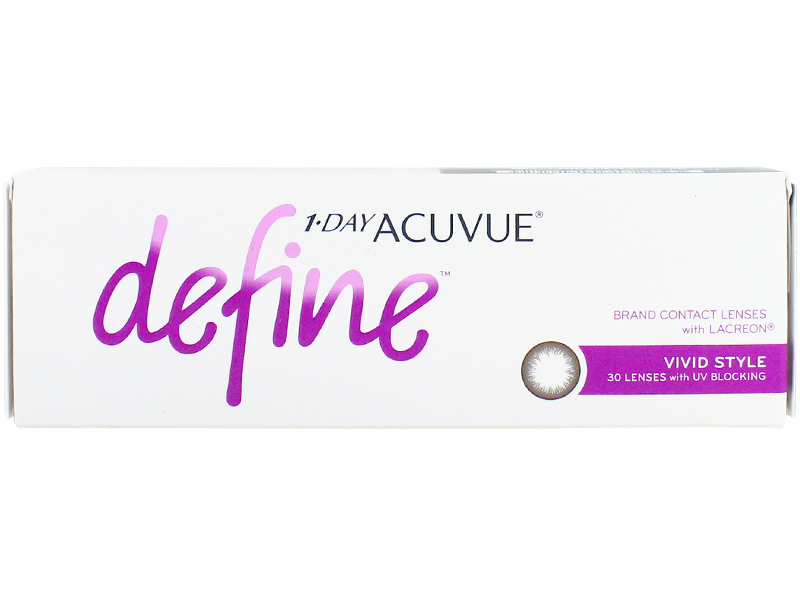Savelens Blogs
Glaucoma Awareness: What Contact Lens Wearers in Australia Need to Know
Glaucoma is a significant eye condition that affects the optic nerve and is one of the leading causes of blindness in Australia. Many contact lens wearers wonder if their lenses could contribute to the development of glaucoma. Those already diagnosed with the condition often ask whether it’s safe to keep wearing contact lenses. Here’s a guide specifically for Australians on glaucoma and how to manage your eye health if you wear contacts.
What Is Glaucoma?
Glaucoma refers to a group of eye diseases that damage the optic nerve, which is essential for vision. The primary cause of this damage is increased pressure inside the eye, known as intraocular pressure. Unfortunately, once glaucoma damages the optic nerve, the damage is permanent, often leading to irreversible vision loss or blindness. However, early detection and treatment can help slow the disease’s progression and preserve vision.
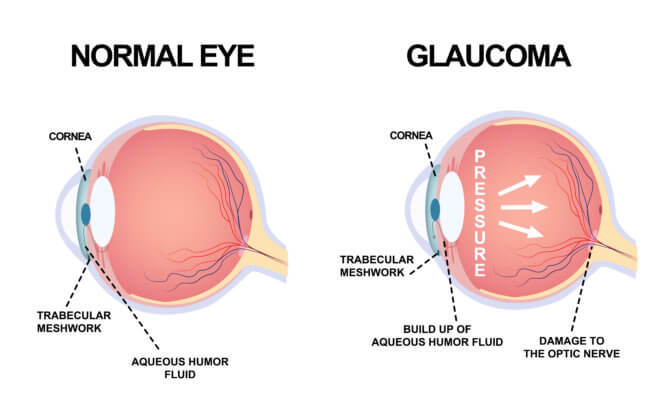
While glaucoma is more common in older adults, Australians of all ages are at risk. Because it often develops without noticeable symptoms, many people experience significant vision loss before they are even diagnosed. Regular eye exams are crucial to catching the disease early.
Recognising the Symptoms of Glaucoma
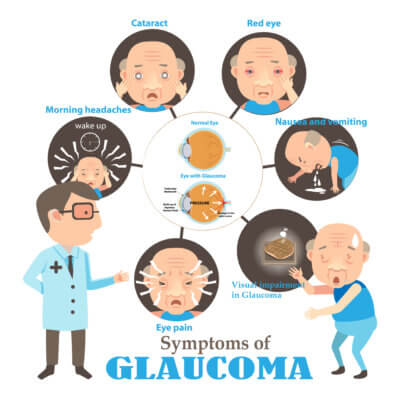
In its early stages, glaucoma can be asymptomatic, but as it progresses, symptoms can start to appear. These symptoms vary depending on the type of glaucoma and how advanced it is:
- Blind spots in one or both eyes
- Tunnel vision
- Blurry or hazy vision
- Halos around lights
- Eye pain or discomfort
- Red eyes
- Headaches
- Nausea or vomiting
If you experience any of these symptoms, seek medical attention immediately. Since vision loss from glaucoma is irreversible, prompt treatment can help protect your remaining sight.
Regular Eye Exams: A Must for Glaucoma Detection
In Australia, regular eye exams are key to detecting glaucoma early, particularly because it often has no warning signs. Glaucoma Australia recommends the following screening schedule for glaucoma:
- Every 4 years starting at age 40 for those without risk factors
- Every 2 years after age 40 for those with risk factors
- After age 65, every 2 years regardless of risk factors
During these exams, your eye specialist will check your intraocular pressure, which can help identify glaucoma before vision loss occurs.
What Causes Glaucoma?
The exact cause of glaucoma isn’t fully understood, but it’s linked to high intraocular pressure, which occurs when fluid in the eye doesn’t drain properly. Normally, fluid flows out through a drainage system near the front of the eye, but in people with glaucoma, this system becomes blocked or inefficient, leading to pressure build-up.
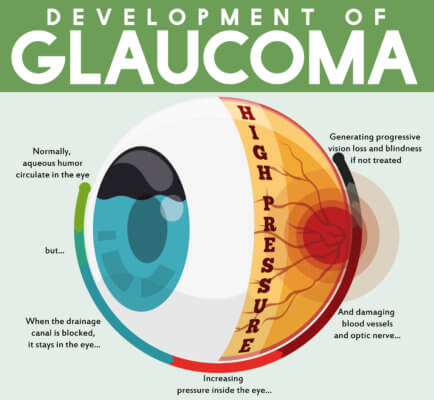
While anyone can develop glaucoma, several factors increase your risk, including:
- Being over 60 years old
- Family history of glaucoma
- Medical conditions like diabetes or high blood pressure
- Previous eye injuries
- Long-term use of corticosteroid eye drops
- Nearsightedness (myopia)
There’s no proven link between wearing contact lenses and glaucoma, so most contact lens users don’t need to worry about their lenses causing this condition.
Types of Glaucoma
There are several forms of glaucoma, including:
- Open-angle glaucoma: The most common type, where fluid drains too slowly from the eye, causing pressure to build over time. This often progresses without symptoms.
- Angle-closure glaucoma: A less common but more acute form, where the iris blocks drainage, causing a sudden increase in eye pressure. This requires immediate medical attention.
- Normal-tension glaucoma: Despite normal eye pressure, the optic nerve is damaged. The cause might be a sensitivity in the optic nerve or reduced blood flow.
- Pigmentary glaucoma: Pigment granules from the iris block the drainage channels, which can happen during activities like jogging.
- Childhood glaucoma: A rare condition that affects infants and children, either present at birth or developing in early childhood.
Preventing Glaucoma
While there’s no surefire way to prevent glaucoma, you can take steps to detect it early and slow its progression:
- Get regular eye exams as recommended by your eye doctor
- Inform your doctor if you have a family history of glaucoma
- Exercise regularly to help lower eye pressure
- Follow prescribed treatments strictly, even if you don’t have symptoms
- Protect your eyes from injuries by wearing safety eyewear when needed
Contact Lenses and Glaucoma

If you have glaucoma, you may still be able to wear contact lenses, but it’s important to follow your eye doctor’s advice. In most cases, people can continue using their lenses even while undergoing glaucoma treatment. However, many glaucoma medications, such as eye drops, must be applied without contact lenses in place. Your doctor may advise applying drops before putting in your contacts or after removing them at the end of the day.
For those undergoing surgical treatment for glaucoma, you may need to pause contact lens use, depending on the procedure. Make sure to consult your eye specialist to ensure your prescription remains up to date and your lenses are suitable.
Final Thoughts
Glaucoma is a serious condition that can cause permanent vision loss if left untreated, but wearing contact lenses doesn’t contribute to its development. Regular eye exams and early detection are crucial. If you’ve been diagnosed with glaucoma, speak to your eye doctor about your treatment options and how best to manage your contact lens use.
Keep your eyes healthy, and remember that taking preventative steps today could make all the difference for your vision tomorrow.
Check our Products on Sale!

